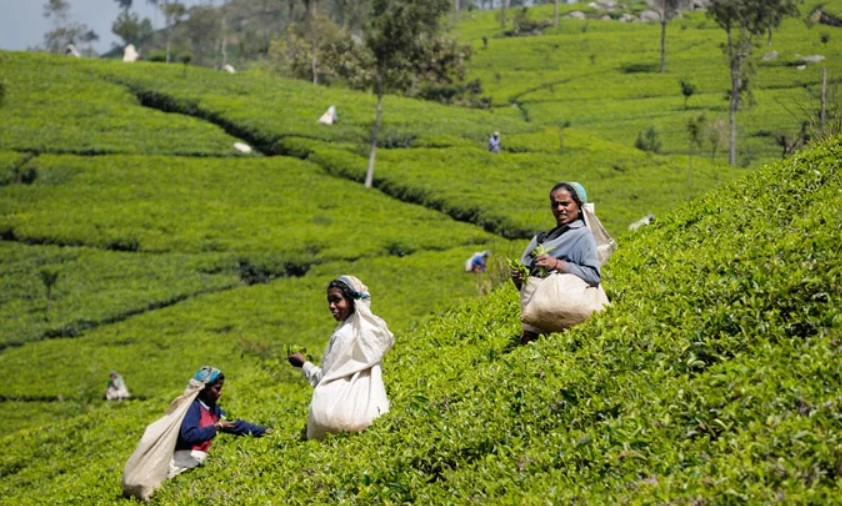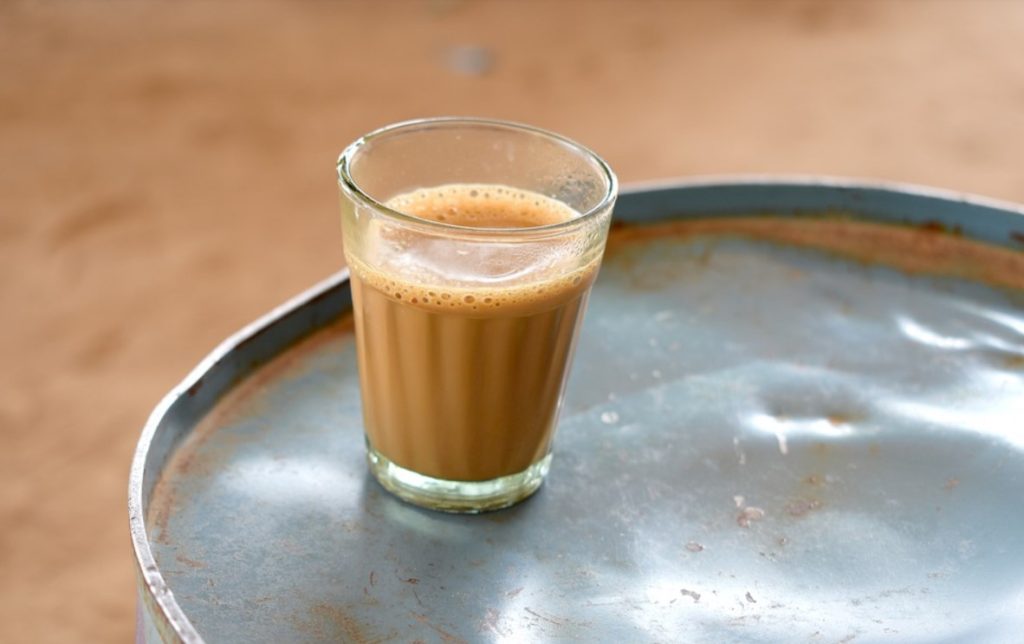
It would not be wrong to say that tea has been an integral part of India since one can remember. It is just that the way we brew it has changed or rather, evolved over the years. In every nook and corner, we can locate a tea stall to relax over a heavy lecture or work schedule. It is so soothing to see how these tea stalls somehow connect all tiers of society. However, it is believed that tea entered India through silk caravans who carried it from China to Europe, centuries ago; though you will be astonished to know that it was native to India and was grown in the wild as Camellia sinensis before its true worth was realized with British trade.
The native Indian use for tea was medicinal at first and was often used for general cooking or to make vegetable soup. Who would have imagined that one day, India would become the world’s largest tea producer as well as the biggest tea-drinking population with numerous variants from Assam valley to Darjeeling to Munnar and many more. Over the centuries, Indian tea drinking has also evolved and with every region, the taste varies as different areas make their own chai variants.
The word chai has its own history. It has been derived from the word cha which is the Chinese word for tea. It is generally defined as a mixture of spices blended into a tea-like beverage. Even though we have regional variations in its making, the traditional, peculiar ingredients that form the essence of the beverage are ginger, milk and sugar. In India, chai is more than a cup of tea – it is the rhythm of life! Over time, we can easily observe the changing patterns in its consumption. For instance, chai was served in small clay pots called Kulhar. However, this has been replaced by plastic glasses or glass tumblers (quite popular). We can even observe the change in the way it is being prepared now as the growing culture of green tea has contributed a lot to it. The western concept of chai-latte is not far from other modernized ways of drinking tea either.
If you look a little closer, you can find that though tea-drinking was given a commercial angle by the Britishers, it has transformed and etched itself into the Indian culture – almost like a core belief of the Indian society. For instance, the Indian values have taught us one thing in common, that is, Atithi-Devo-bhava (Guests are equal to God) and the subcontinent, as well as its inhabitants, are renowned for its hospitality. Therefore, when one thinks of it, his or her head can echo the sound of asking the guests for a cup of tea. Tea has been and is still considered to be an inviting beverage over which you could even sort out your most twisted problems or could celebrate with your friends and family.
Our modern drinks or refreshments cannot even begin to come close to our eternal love and closeness which we all feel for tea as our own beverage. There is nothing that a cup of tea cannot solve for you! Moreover, apart from being a mere beverage, tea can also be viewed as a symbol of cultural assimilation as it is one of the world’s favourite drink which is consumed globally across cultures.

It would be unfair if we discuss tea and not how it is made. Tea making is considered an art where the precise blend of all its ingredients produce the perfect aroma that fills our living rooms and gives that classic taste that we can all think of right now. We have often engaged in debates regarding ‘tea over coffee’ or the other way round and the results always seem to be inconclusive. We cannot deny the fact that they both have their unique tastes but when it comes to tea, people think of it as a feeling, an emotion, or even an expression. Every changing season brings a different type of tea for tea-lovers. For instance, the combination of monsoon tea with Maggie or hot-served crispy pakoras, and so on. For some of us, tea is rather therapeutic wherein we end up assigning various moods to it.

For tea-lovers, there is a grand buffet laid out to choose from – the all-time favourite Assam tea; Darjeeling tea; Nilgiri tea; as well as an exotic range of green tea and masala tea. All of them have their own history about how they came to be. Even black tea is not far from the race. All these variants come in an assortment of blends and combinations. It is not even surprising to say that tea-drinkers and tea-makers equally enjoy its commercial aspects. It is the charm and mesmerizing fragrance of tea that has always captured everyone; or simply put – tea is a comfort zone for most of us. Even around the world, Indians are not considered or imagined without a hot, brewing cup of tea.
It would be wrong to say that tea is simply just a beverage. It is a habit that has influenced several historical events in the past. As a result, it has taken deeper roots across various cultures. At this point, it would only be fitting to state that it has developed a whole communi-tea around itself! Only sometimes, of course, tea is not everybody’s cup-of-tea!
Ritika is a museum enthusiast and likes to explore the diverse arts, culture and heritage of India. Living in a country which has been the storehouse of history in its every nook and crannies, it becomes really difficult for her to remain aloof from it for long. She believes that the community needs to know about this and this is what she is striving to achieve.


